 W
WThe Great Locomotive Chase was a military raid that occurred April 12, 1862, in northern Georgia during the American Civil War. Volunteers from the Union Army, led by civilian scout James J. Andrews, commandeered a train, The General, and took it northward toward Chattanooga, Tennessee, doing as much damage as possible to the vital Western and Atlantic Railroad (W&A) line from Atlanta to Chattanooga as they went. They were pursued by Confederate forces at first on foot, and later on a succession of locomotives, including The Texas, for 87 miles (140 km).
 W
WJames J. Andrews was a Kentucky civilian who worked for the Union Army during the early years of the American Civil War. He led a daring raid behind enemy lines on the Western and Atlantic Railroad, known as the Great Locomotive Chase. Andrews and seven fellow raiders were caught at the end of the chase and executed by the Confederates on the charge of spying.
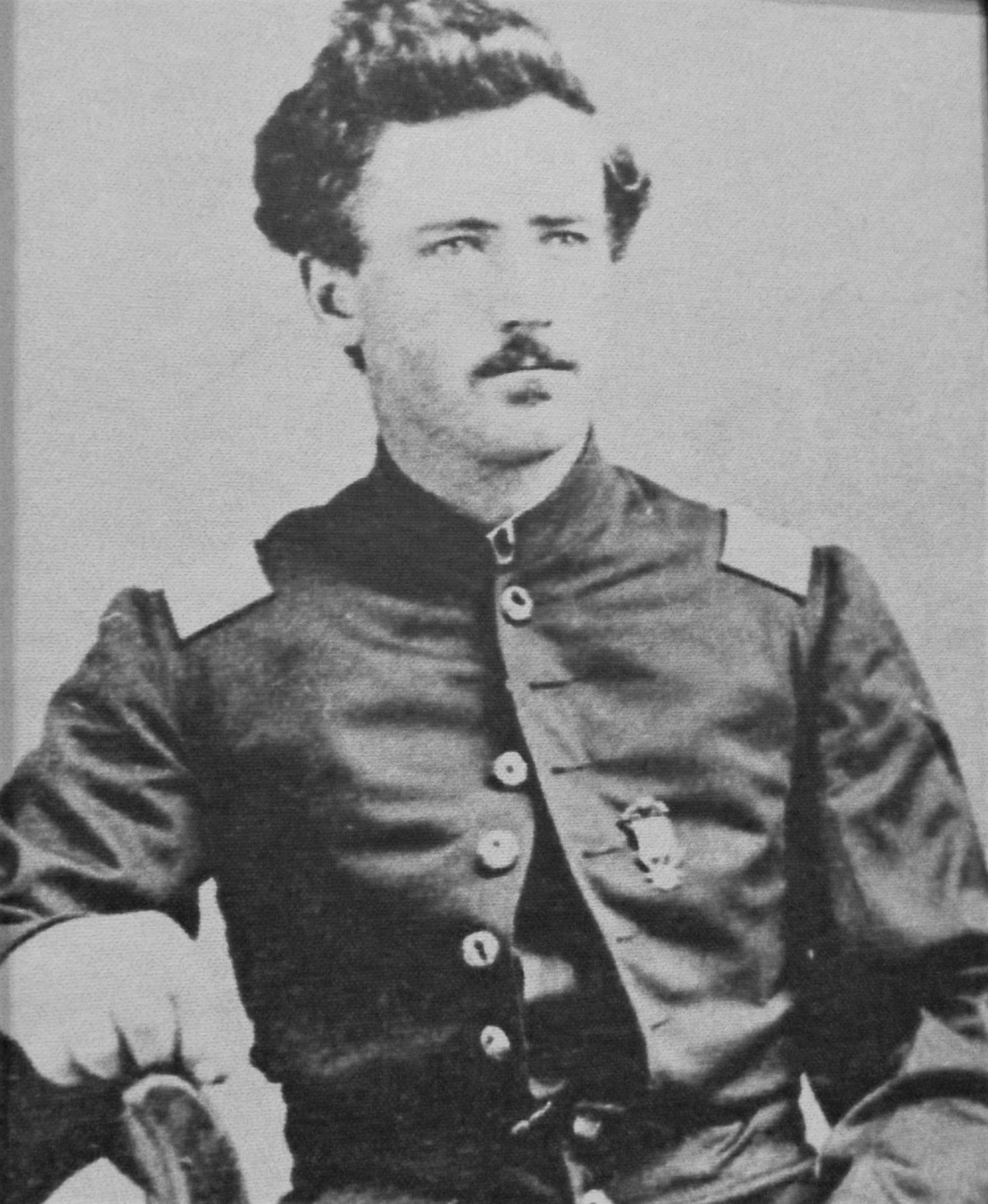 W
WWilliam Bensinger was an American soldier who fought for the Union in the American Civil War. On March 25, 1863, he was the second person given the country's highest award for bravery during combat, the Medal of Honor, for his actions during the Great Locomotive Chase in Georgia in April 1862.
 W
WWilson Wright Brown was a soldier and recipient of the Medal of Honor for his role in the Great Locomotive Chase during the American Civil War.
 W
WRobert Buffum was an American soldier who fought in the American Civil War. Buffum was the third person to receive the country's highest award for bravery during combat, the Medal of Honor, for his action during the Great Locomotive Chase in Georgia in April 1862. He was honored with the award on 25 March 1863.
 W
WWilliam Hunter Campbell was an Ohio civilian who worked for the Union Army during the early years of the American Civil War. He participated in a daring raid behind enemy lines on the Western and Atlantic Railroad, known famously as the Great Locomotive Chase. The mission failed and Campbell and seven fellow raiders were executed by the Confederates on the charge of spying.
 W
WDaniel Allen Dorsey was an American soldier who fought in the American Civil War. Dorsey received the country's highest award for bravery during combat, the Medal of Honor, for his action during the Great Locomotive Chase in Georgia in April 1862. He was honored with the award on 17 September 1863.
 W
WWilliam Allen Fuller was a conductor on the Western & Atlantic Railroad during the American Civil War era. He was most noted for his role in the 1862 Great Locomotive Chase, a daring sabotage mission and raid conducted by soldiers of the Union Army in northern Georgia. Fuller's determined pursuit prevented the Union agents from driving a captured train north to Tennessee and the Union lines.
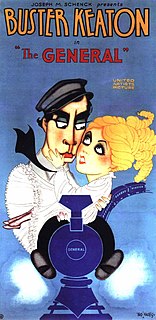 W
WThe General is a 1926 American silent comedy film released by United Artists. It was inspired by the Great Locomotive Chase, a true story of an event that occurred during the American Civil War. The story was adapted from the 1889 memoir The Great Locomotive Chase by William Pittenger. The film stars Buster Keaton who co-directed it with Clyde Bruckman.
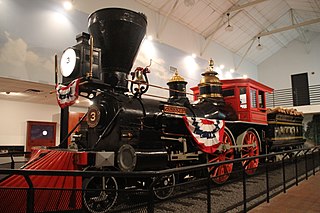 W
WWestern & Atlantic Railroad #3 General is a 4-4-0 "American" type steam locomotive built in 1855 by the Rogers, Ketchum & Grosvenor in Paterson, New Jersey for the Western & Atlantic Railroad, best known as the engine stolen by Union spies in the Great Locomotive Chase, an attempt to cripple the Confederate rail network during the American Civil War. Today, the locomotive is preserved at the Southern Museum of Civil War and Locomotive History in Kennesaw, Georgia, and is listed on the National Register of Historic Places.
 W
WThe Great Locomotive Chase is a 1956 American adventure film produced by Walt Disney Productions and based on the real Great Locomotive Chase that occurred in 1862 during the American Civil War. Filmed in CinemaScope and in color, the film stars Fess Parker as James J. Andrews, the leader of a group of Union soldiers from various Ohio regiments who volunteered to go behind Confederate lines in civilian clothes, steal a Confederate train north of Atlanta, and drive it back to Union lines in Tennessee, tearing up railroad tracks and destroying bridges and telegraph lines along the way.
 W
WMartin Jones Hawkins was a Union Army officer in the American Civil War who received the U.S. military's highest decoration, the Medal of Honor.
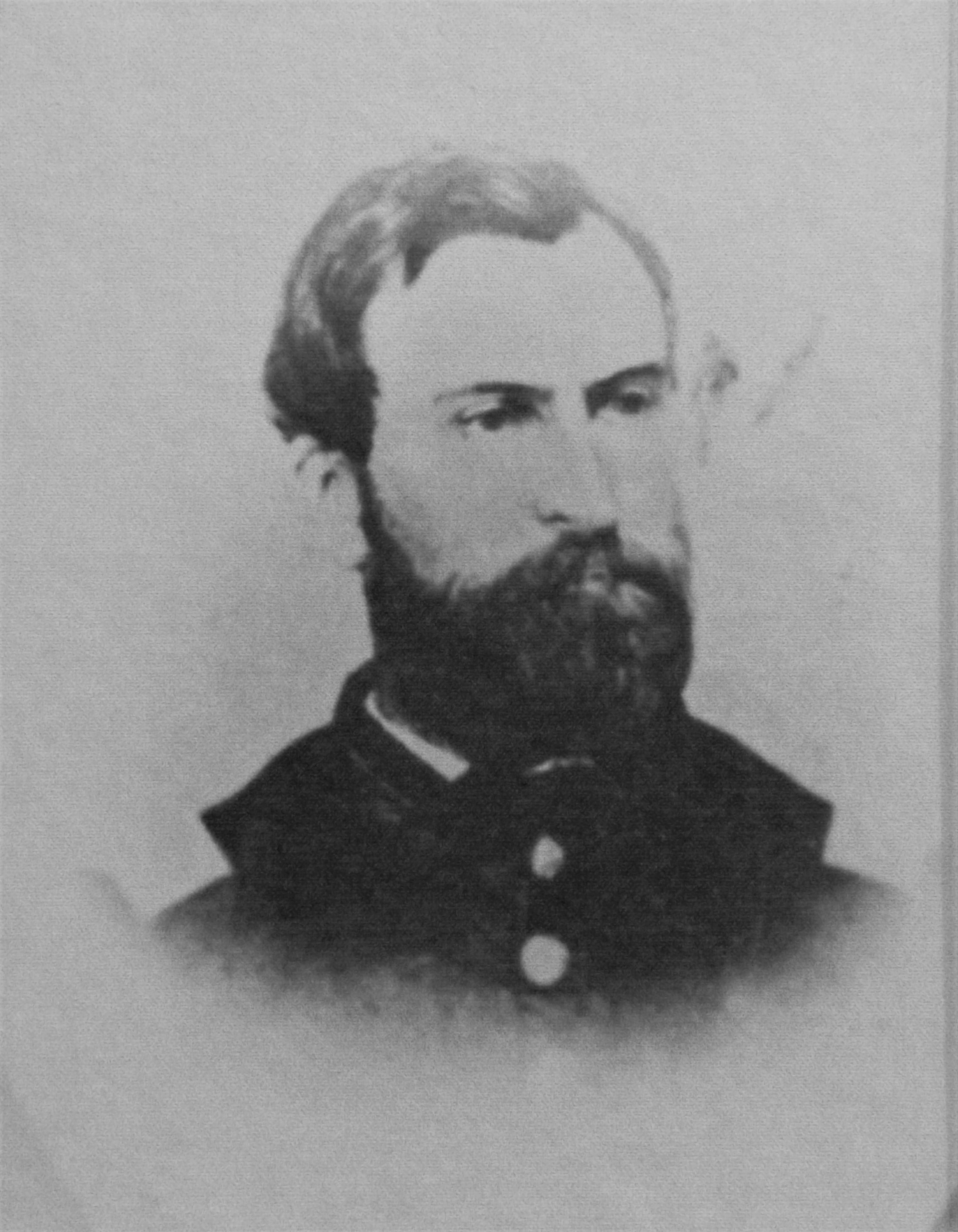 W
WElihu Harlam Mason was a Union Army soldier in the American Civil War and a recipient of the United States military's highest decoration, the Medal of Honor, for his actions in the Great Locomotive Chase.
 W
WJacob Wilson Parrott was an American soldier and carpenter. He was the first recipient of the Medal of Honor, a new military award first presented by the United States Department of War to six Union Army soldiers who participated in the Great Locomotive Chase in 1862 during the American Civil War (1861–1865).
 W
WWilliam Pittenger was a Union Army soldier during the American Civil War. He was one of the first recipients of the Medal of Honor.
 W
WJohn Reed Porter was a recipient of the Medal of Honor, a military award presented by the United States Department of War to 18 Union Army soldiers who participated in the Great Locomotive Chase in 1862 during the American Civil War (1861–1865). He joined Union Army in 1861 and participated in the battles of Chickamauga, Stones River, Bentonville, and the campaigns of Chattanooga and Atlanta. At the end of the war he was a first lieutenant.
 W
WPhilip Gephart Shadrach was an American soldier born in Somerset County, Pennsylvania on September 15, 1840. He enlisted with Company "K" of the 2nd Ohio Infantry Regiment for three years on September 20, 1861 at a place called the 'Mitchell Salt Works' as a Private. He enlisted as 'Charles P. (Perry) Shadrach.'
 W
WThe Southern Museum of Civil War and Locomotive History is a museum in Kennesaw, Georgia, that contains a collection of artifacts and relics from the American Civil War, as well as from railroads of the state of Georgia and surrounding regions. The centerpiece is the General, a steam locomotive used in the Great Locomotive Chase in April 1862.
 W
WWestern & Atlantic Railroad #49 "Texas" is a 4-4-0 "American" type steam locomotive built in 1856 for the Western & Atlantic Railroad by Danforth, Cooke & Co., best known as the principal pursuit engine in the Great Locomotive Chase, chasing the General after the latter was stolen by Union saboteurs in an attempt to ruin the Confederate rail system during the American Civil War. The locomotive is preserved at the Atlanta History Center.
 W
WThe Western & Atlantic Railroad of the State of Georgia (W&A) is a government-owned railroad and is currently leased by CSX, which CSX operates in the Southeastern United States from Atlanta, Georgia, to Chattanooga, Tennessee.
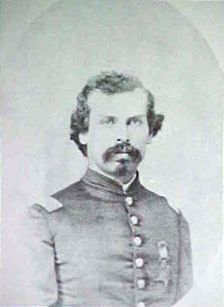 W
WMark Wood was an American soldier who fought in the American Civil War. Wood received his country's highest award for bravery during combat, the Medal of Honor, for his role in the celebrated Great Locomotive Chase. Wood and a fellow participant in the raid, John A. Wilson, were captured close to Union lines in Stevenson, Alabama after they abandoned The General. Wood and Wilson escaped from captivity and after sailing down the Chattahoochee River, were rescued by a Union ship. He was honored with the award on May 12, 1865.
 W
WYonah was a type 4-4-0 steam locomotive that participated in the Great Locomotive Chase of the American Civil War.